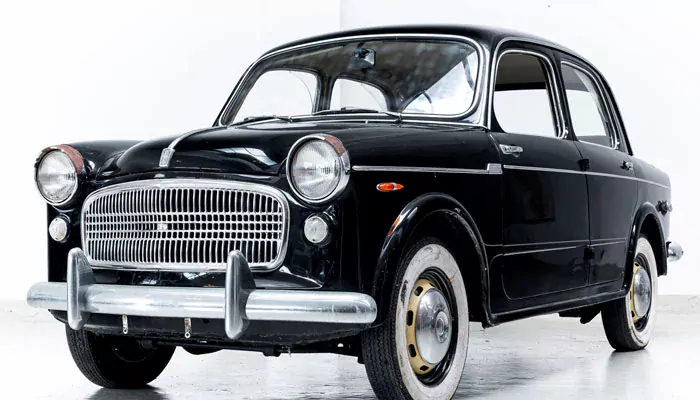In the case of Netaji Subhash Chandra Bose, his beloved car literally came to his rescue
India is set to celebrate its 79th Independence Day from British colonisation, and this historic event gives an opportunity to recall the lives of legendary revolutionaries who went to great lengths and made sacrifices on the altar of freedom.
In this decades-long struggle, our freedom fighters had multiple tangible companions that were used to fight the war, ranging from pens and newspapers to ammunition. However, one companion is rarely addressed when the lives of freedom fighters are analysed. The majority of museums display clothes, radios, and so on, but not their means of transport; in this case, cars.
Despite the continuous British loot, some freedom fighters came from privileged backgrounds, and therefore, they could afford to roll in a car. In this article, let's recall some of the iconic vehicles that played a role in India's freedom movement.
A fine gentleman with a taste for exquisite things, the 1937 Wandered W24 was Netaji Subhash Chandra Bose's beloved car. He not only drove this car for his daily commute but also made his 'Great Escape' from his house arrest. This was the car in which Netaji reached Gomoh station and, from there, started his journey to meet Adolf Hitler.
For the unversed souls, the 1937 Wanderer W24 was a 1,767 cc four-cylinder four-stroke engine that had a four-speed gearbox. The car was manufactured by Germany's Auto Union and boasted a power figure of 42PS at 3,400rpm.

From reading the works of Swami Vivekananda, Mahatma Gandhi, and Annie Besant to promoting the White Revolution, India's second Prime Minister, Lal Bahadur Shastri, was one of the most prominent freedom fighters and politicians the nation produced.
Although he did not have a car as a freedom fighter, he bought one when he was serving as the nation's prime minister in 1965. It was none other than the iconic Fiat 1100, which had a price tag of INR 12,000. The former late PM even took a loan of INR 5,000 from Punjab National Bank, which was repaid by Shastri's wife. Unfortunately, Shastri's untimely and mysterious demise did not allow him to spend much time in the saloon.
Mohandas Karamchand Gandhi, also known as Mahatma Gandhi, needs no introduction. A lawyer by profession, Gandhi came from a privileged household, and therefore, it is no surprise that he had access to cars through his sources, which ranged from politics to business.
He was often spotted using the Ford Model T, including the time when he was released from the Bareilly Central Jail in 1927. Gandhi also used a white-coloured Packard that was owned by industrialist cum freedom fighter friend Ghanshyam Das Birla.
The first president of India, Rajendra Prasad, played a crucial role in India's freedom struggle. Be it participating in the Non-Cooperation Movement or draughting revolutionary articles such as Searchlight and Desh, Prasad was right there at the top with other revolutionaries of the nation. After getting elected as the nation's president, he used to travel in a Cadillac convertible imported from the USA.
While pens, radios, notebooks, and satellite phones sit in glory in museums, these cars equally witnessed history taking place but stayed on the sidelines and played a silent role in the history of the Indian automobile industry pre- and post-independence.